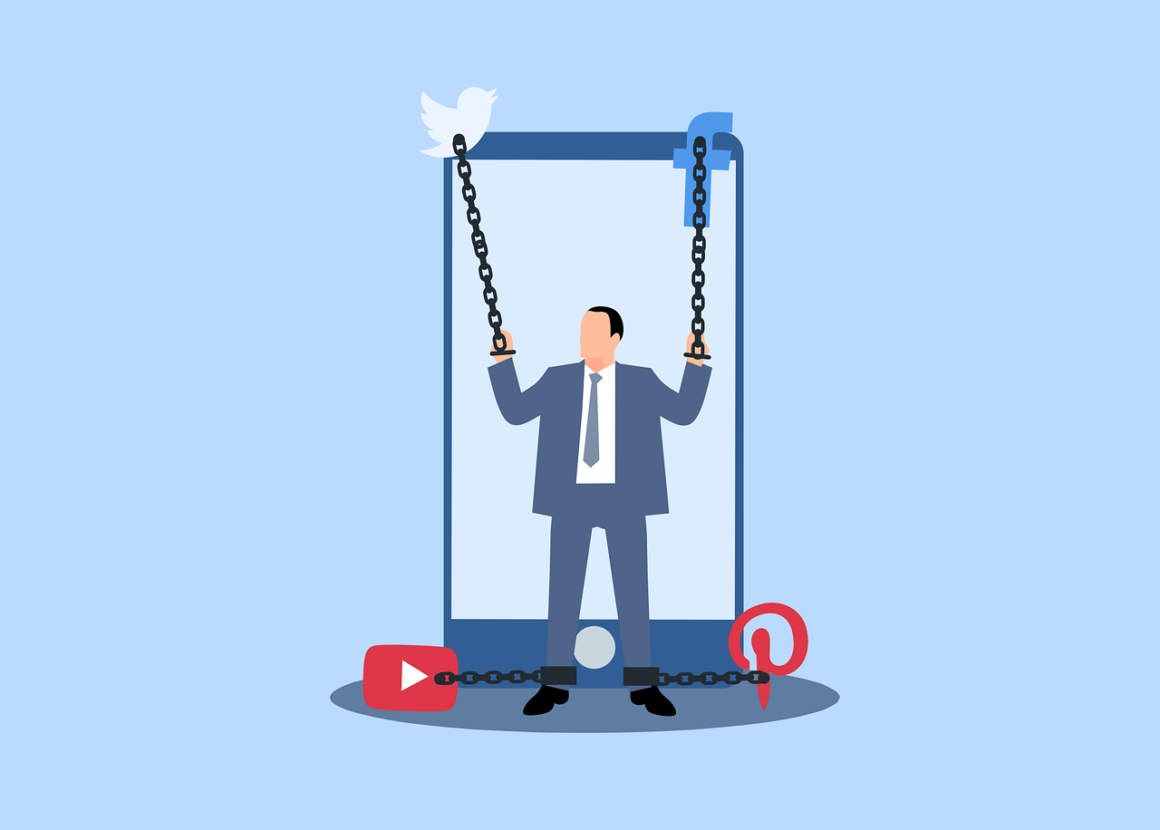An unmarked building hides on the the stained cement streets of New York City. 47 year old Robert Perez makes his way into the building, part of his everyday routine at The Vincent Dole Clinic. Here, Perez takes his daily dose of methadone which he, along with other recovering opioid addicts, uses as a long-term way to cope with withdrawal symptoms and cravings.
Comparably, Joe Thompson, a stay-at-home father, was fighting a similar battle. After being two years sober, Thompson relapsed and decided to seek another round of treatment for his heroin addiction. Like a lot of drug treatment centers, Thompson’s counselors insisted that continuing his buprenorphine, an FDA approved medication was just as bad as using heroin. Thompson, stressed and ill-stricken, sought to find a new treatment center, only to find that it banned medication as well. After being in the program for only a week, Joe Thompson succumbed to the harrowing effects of withdrawal and died of a heroin overdose. He was 35.
With the opioid epidemic spreading rapidly through the United States, some are calling it the worst public health crisis in American history. Forbes Magazine reports that over 52,000 deaths have occurred in United States because of drug overdose. This harrowing number, along with the unremitting articles regarding drugs overdose, is only adding to the toxic effects of the modern opioid crisis.
Unfortunately, many of those deaths are the direct cause of addicts being treated through abrupt cessation of opioids and falling back into the deadly cycle of addiction.
Maia Szalavitz is combatting the opioid crisis by redefining what we think we know about the word addiction. Szalavitz states that “the problem [with treatment methods] is an outdated ideology that views needing a medication to function as a form of addiction.” She continues by saying that “because methadone and buprenorphine are opioids themselves, it’s easy to assume that using them is substituting one addiction for another.” Sadly, this is how a lot of Americans see medical treatment for addiction. With so many people failing to understand that these medications can be used both to reduce harm and stabilize people in recovery, we are letting preconceived stigmas of addiction get in the way of recovery.
While it’s easy to brush off medication as being too expensive or “just as addictive,” the long-term use of anti-craving medications proves to be nothing short of valid. By ending the stigma of addiction, the rocky road to recovery becomes that much smoother. And hopefully one day, that secluded New York City clinic will be a proud symbol of the fight against the American opioid crisis.




